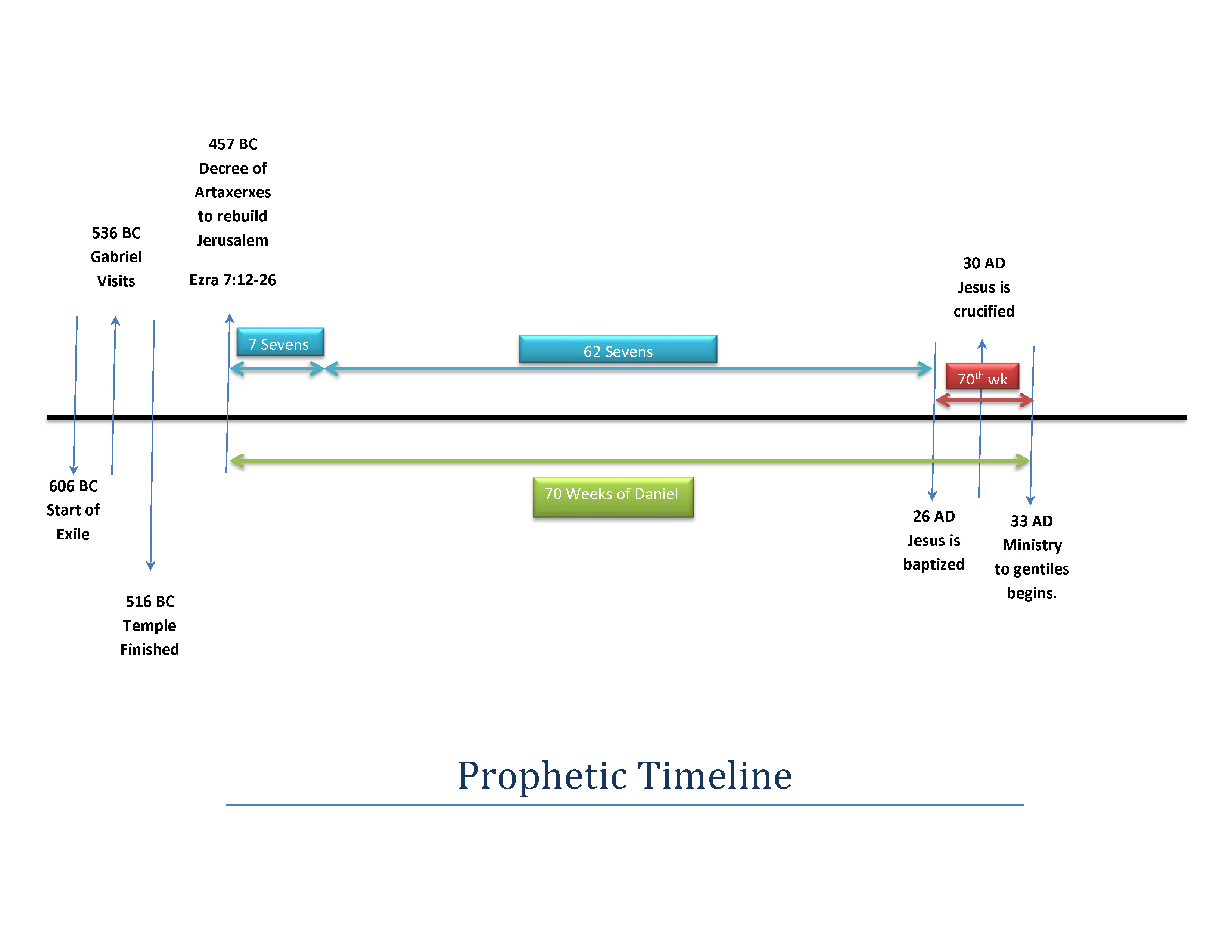

 ©Laura Haverkamp
©Laura Haverkamp
Chapter 9:27b (ESV) - And on the wing of abominations shall come one who makes desolate, until the decreed end is poured out on the desolator.
Question to consider: What does it mean for the temple to be made desolate?
This is by far the most contentious part of Gabriel’s proclamation among Bible scholars. What is translated as “wing of abominations,” is believed by many to refer to some type of desecration that happened (or will happen) to the Jerusalem temple which caused it to become desolate. The term desolate means “left alone” and essentially refers to it being abandoned by God.
If you believe the “prince who is to come” in verse 26 referred to the beast/anti-Christ, you may think the one who desecrated the temple was a Roman general like Titus. If you believe this prophecy has a future fulfillment, then the temple must be rebuilt before it can be desecrated.
As I have stated, I struggle with the futurist position because it causes more than a 2,000-year gap between the sixty-ninth and final seven which is indefensible, and it is predicated on the idea that another holy temple could be rebuilt and desecrated. After studying the book of Hebrews, even if someone builds a temple and starts sacrificing animals, it would already be an abomination in which the Shekinah glory of God would never inhabit. Therefore, it would by its very nature be desolate.
While it is possible that the Roman general, Titus, could have desecrated the temple and caused it to become desolate, this holds to the view that the prince from verse 26 is not the anointed prince, and I believe that the anointed prince is the central focus of the promises given in verse 24. I would ask you to consider that the one who decreed the desolation of the temple became the abomination that caused its desolation. Paul wrote to the Corinthians, “For our sake he made him to be sin who knew no sin, so that in him we might become the righteousness of God.” (2 Corinthians 5:21) Christ’s perfect sacrifice was the abominable event which caused the temple to become desolate, and the gospel accounts of Matthew and Mark both provide evidence of this by describing the curtain between the Holy Place and the Holy of Holies being torn.
A final note on this passage is that the second half of the final seven is thought by some to represent the entire church age. I would argue against this as well since no other part of the seventy sevens was treated as purely symbolic. I believe this is where the promise of “seal up vision and prophet” was made complete. According to Galatians 1:15-18, the Apostle Paul was in Damascus for three years and then started his ministry to the Gentiles. At the same time, Peter had an encounter with Cornelius in which the Gentiles also received the Holy Spirit. I believe this shift in Acts denoted that the seventy sevens had ended, and the LORD had fulfilled the gospel promise to the Gentiles which was not only throughout the prophets but the primary focus of the visions of Daniel.
Dear heavenly Father, thank You for Your promise of salvation to all who call upon the name of Christ. May all who read this see that the fulfillment of Your promises to Daniel prove that Jesus is the Anointed Prince who has put an end to sacrifice and offering, finished the transgression, put an end to sin, atoned for iniquity, brought in everlasting righteousness, and sealed both vision and prophet. Amen.
As a summary, here is a timeline which maps out the seventy sevens given to Daniel by the angel Gabriel.
